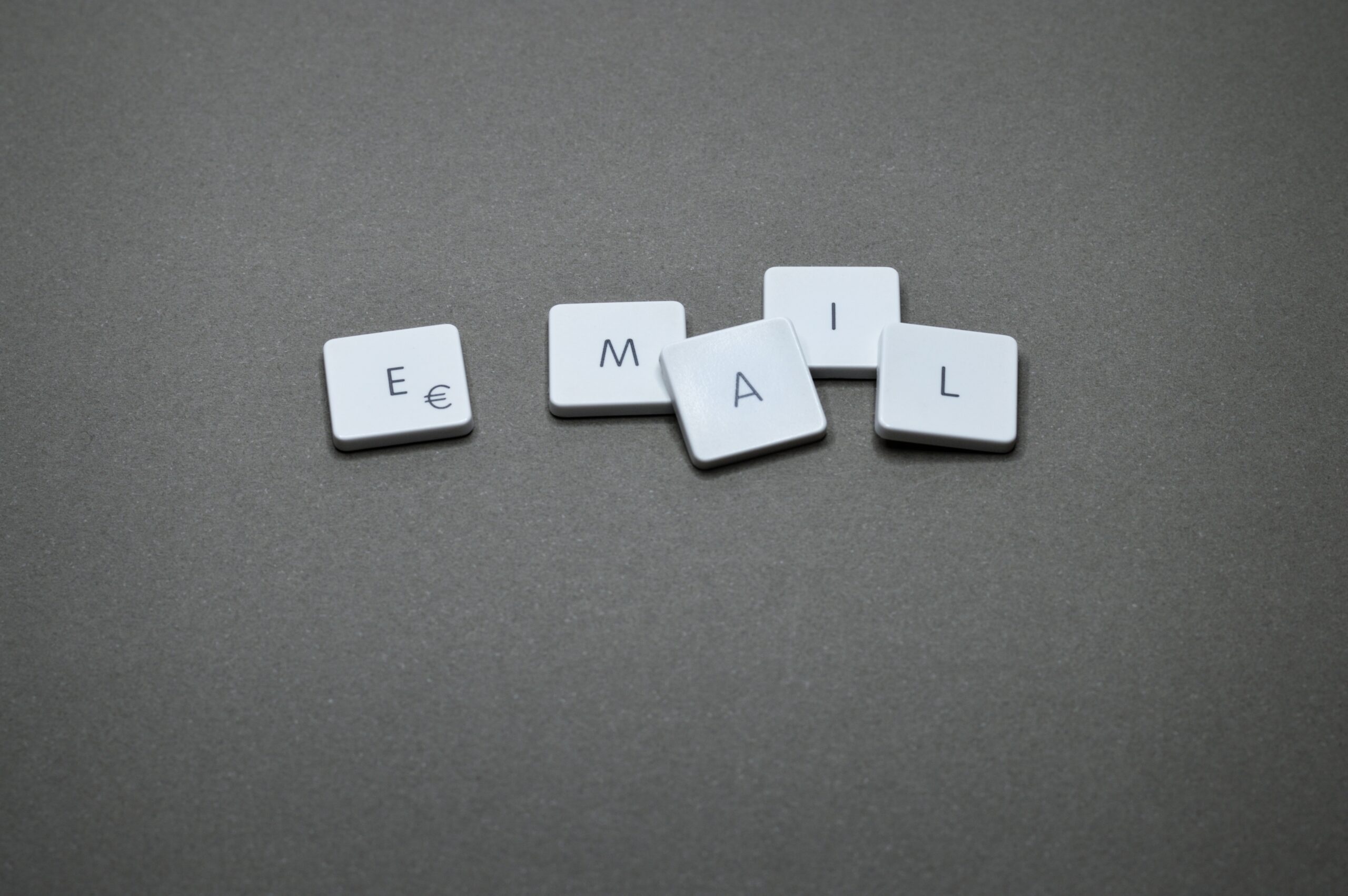We live in times where people are too busy to read, be it a short story, an article, or email. Their attention span is significantly diminishing. This has placed email marketers in a challenging scenario, where they need to push the recipients to read their emails and that too, in an ethical way.
But not all marketers are following rules to develop and send emails. Many of them are resorting to a quick fix, leading to unwanted spamming of their emails.
Yes, you read right! The very same emails on which they put extra effort are not delivered and are redirected back. This is called email bouncing.
Have you faced such counter-action? If yes, then this blog would be great for you. Now, what is the email bounce rate?
It is the percentage of the recipients who didn’t receive the email as it was sent back by the mail server of the recipient. There could be various reasons for the same, and we are here to discuss those. Before that, let’s know some of the basic email marketing facts of 2020. It includes the bounce rate, unsubscribes rates, and open rates of the current year.
As per a report, the global email bounce rate improvised in 2020 as compared to 2019. The bounce rate is 0.7 percent, while the open rate is 25.2 percent, and the unsubscribe rate is 0.1 percent. This is a piece of positive news for marketers. It also means marketers are finding effective tactics to improve their email deliverability rate.
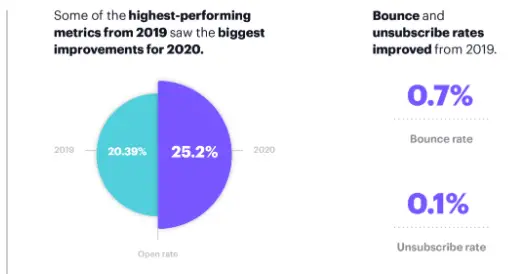
Here are some effective tactics to improvise your marketing performance and reduce email bounce rates:
1. Short and Really Impactful Subject Lines
Do subject lines affect the deliverability rate?
Most marketers are unaware of this fact, but subject lines do affect the deliverability rate.
Brands want attractive subject lines to grab maximum eyeballs, but in the process, end up designing lines that look spammy and loud. Remember, the server administrator is there to redirect all these emails back to the sender. It would scan all the spammy words in the email and, if found positive, for spammy content on a larger scale, would trigger its known action of bouncing the emails.
The below example is a perfect one to show what should be avoided while designing the subject line. The sender has added many lines in the subject itself, which is a bad practice. Don’t you think it would be filtered out?
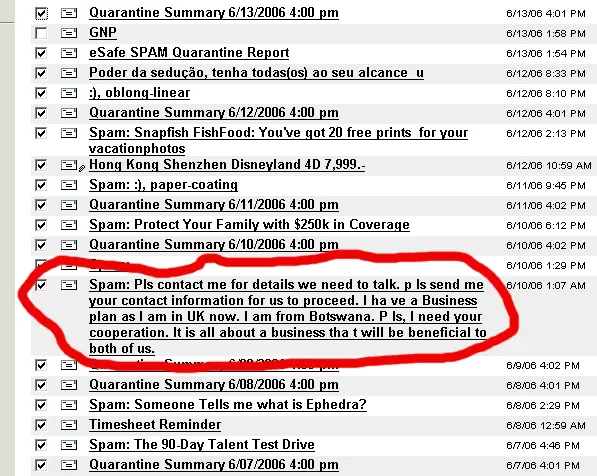
The email subject line is the sneak peek of the entire email, so it should be given due importance.
As rightly stated by David Ogilvy, the father of advertising:
“When you have written your headline, you have spent eighty cents out of your dollar.”
It just explains how mindful you should be while designing the subject lines. In reality, more than half of your effort should be in this area.
2. Avoiding attachments
Attachments make it difficult to pass the spam test!!!!
Yes, we know the audience loves unique and precise content, but that does not mean you have to send a good number of attachments to them. Including the video, links could help the cause. It would directly take them to the website and watch the video content right there.
The process would make your task easier as well as make recipients understand complex concepts via comprehensive content.
3. Planning the frequency of the emails
Nobody likes the overloading of their inboxes by redundant emails. If you are doing so in your campaign, most likely, the recipients would spam your emails. This is the last thing you would ever want.
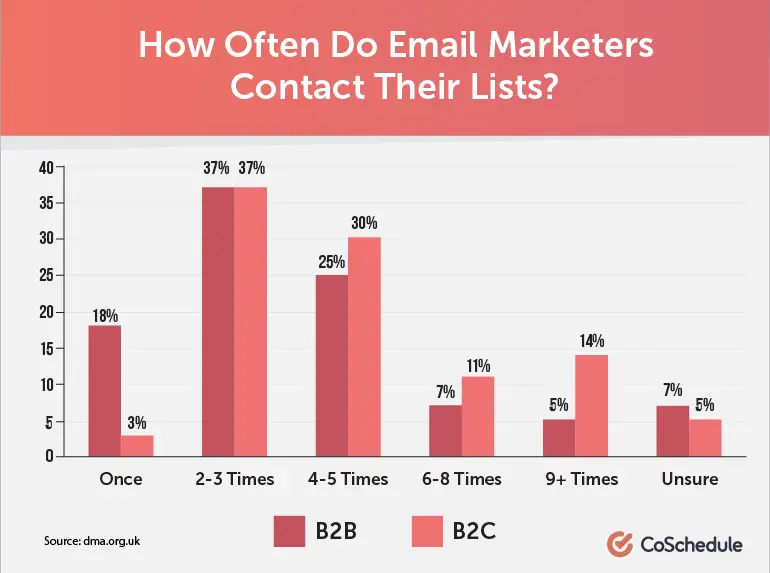
Treat your recipients as another human beings, and develop the marketing calendar to shoot out a balanced number of emails at an optimal frequency.
Empathizing with your recipients could make all the difference. Doing so would make them eagerly wait for your emails the next time.
4. Improving the credibility of your domain
Credibility is what significantly drives the performance of your marketing campaign. If you send innumerable emails that hold no value to the recipients, how could you expect them to maintain a rapport with you?
You need to understand the buyer persona that would facilitate developing emails to hook the audience.
The below example exhibits almost all the great characteristics of a well-designed email. Above all, it understood the buyer’s needs. As you can see the tag line,” Your one-stop shortstop.” It means you can fulfill the needs of your family in a single place.
The greater you hold their attention, the faster it improves the credibility of your domain.

5. Only Not Focusing on Nouveau Rich Emails
As a marketer, your talent lies not only in designing the strategy for new emails but also in finding the faults of the previous tanked campaign. It is never too late to work on these emails, you could always test the emails to find the shortcomings. As soon as you find any, fix it for the greater good of your marketing strategy.
And how do you do it?
With A/B testing, you could easily find the email variant that would give better results. Try with different email body content, colors, design, among others. Acknowledge, when you improve the results of your previous campaigns, it increases the reputation of your brand, thus improving the deliverability rate.
The below example shows how different subject lines can be created for the version A and B. Afterwards, both could be tested to check which one worked better.

6. Cleansing the list for the Optimized Results
If you have the subscriber’s list that is junked with irrelevant information, it would surely drag down your campaign performance. As a marketer, you need to thoroughly check whether the information included in the email list is updated to have a streamlined marketing campaign.
How do you find these inactive or non-existent recipients?
If any of these recipients are not showing result-oriented activities of late, like not opening emails or clicking links, and others, then it means they are inactive subscribers. Remove them from your list at the earliest, as having them on your send list could be a hindrance to your performance.
7. The invaluable DKIM and SPF
Hopefully, you are well versed in DKIM and SPF?
The domain keys identified mail, aka DKIM, and the sender policy framework, aka SPF, has a huge role to play in the email deliverability rate. It is like proof that the sender is actually the organization that they claim to be. The SPF role is to reduce the malpractice of the sender addresses, while the DKIM role is to offer the encryption key for validating the email message.
The below example shows how this malpractice is carried out. Here the Rackspace’s email address has been misused, to send an email to the recipient. While this email landed into the inbox of the recipient, most of the mail providers are stringent enough to block such emails. These service providers use the data from the filters to give spam points for any offensive practice or content before blocking the same.
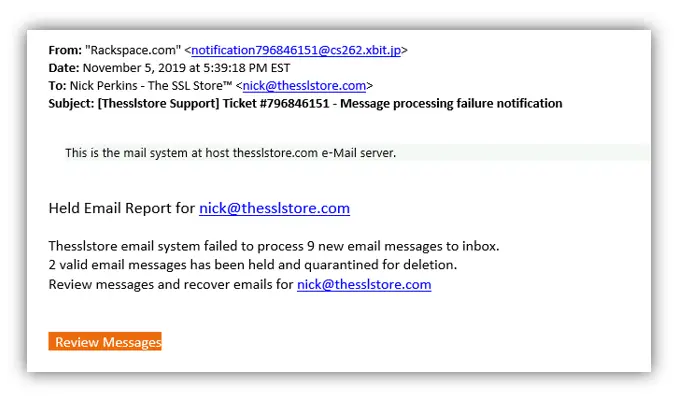
Remember, winning the trust of the customer, is what all is required. When you could achieve that, half of your job is done. The recipients would not be irritated by your emails; they would instead prize your service and emails. Later it is your responsibility to send the best content to maintain the trust factor.
Conclusion: Ways To Reduce Email Bounce Rate and Improve Deliverability
Email deliverability is one of the determining factors of any marketing campaign. What is the use of sending bulk emails when the majority of recipients do not receive them? Your effort undoubtedly goes down the drain.
Adopting better email marketing practices would surely help reduce the bounce percentage and land emails into the inboxes of your desired recipients. In the process, your email performance would shoot up. So, adopt the key takeaways at the earliest to witness the real results!

Kristin Mortis is a Marketing Manager with 7+ years of experience at TDInsights based out of Plano, Texas. She helps businesses deliver the strongest marketing turnaround with cutting-edge digital strategies and tools. She writes about B2B Marketing, Big Data, Artificial Intelligence, and other technological innovations. Connect with Kristin on Twitter to learn about the emerging practices being implemented in the B2B segment.
